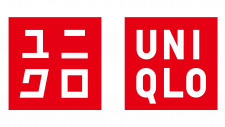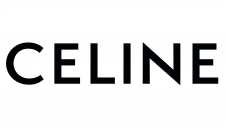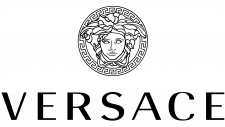Forever 21 Logo
Forever 21, a prominent American fast fashion retailer, specializes in trendy clothing and accessories for young women and men. It operates globally, with a significant presence in the Americas, Asia, the Middle East, and Europe. The brand is known for its affordable, up-to-date fashion offerings, catering to a younger demographic seeking style at budget-friendly prices. After financial struggles, Forever 21 was acquired in 2020 by Authentic Brands Group, Simon Property Group, and Brookfield Property Partners. This consortium aims to rejuvenate the brand while capitalizing on its strong market recognition and global footprint.
Meaning and history
Founded by South Korean immigrants Do Won Chang and Jin Sook Chang, Forever 21 started as a small apparel store in Los Angeles in 1984, initially named Fashion 21. This humble beginning marked the start of a remarkable journey in the fashion retail industry. Garnering immense popularity, the store underwent rapid expansion, rebranding to Forever 21. By 2013, it boasted over 480 stores worldwide, cementing its status as a fast fashion giant.
Forever 21 distinguished itself by swiftly bringing runway trends to market at accessible prices, a practice that became its hallmark. This strategy, aligned with the brand’s knack for understanding youthful fashion sensibilities, contributed significantly to its early success. The brand’s agility in refreshing its collections kept it at the forefront of fast fashion.
However, the brand’s trajectory hit turbulence with the advent of online shopping and the rise of other fast fashion competitors. These shifts in the retail landscape, coupled with Forever 21’s slower adaptation to e-commerce, began to erode its market position. The brand’s extensive physical store presence, once a strength, became an encumbrance in the digital age.
The challenges culminated in 2019 when Forever 21 filed for bankruptcy protection. This move underscored issues like oversized stores, unsold inventories, and operational inefficiencies. The bankruptcy was a watershed moment, leading to the closure of several stores globally and a reevaluation of its business strategy.
In a significant turnaround in 2020, Forever 21 was acquired by Authentic Brands Group, Simon Property Group, and Brookfield Property Partners. This change in ownership signaled a new chapter, focusing on revitalizing the brand, optimizing operations, and enhancing profitability.
Presently, Forever 21 remains a significant name in fast fashion, pivoting towards a stronger digital presence. It continues to target its primary audience with fashion-forward, wallet-friendly offerings, navigating through the dynamic and challenging terrain of modern retail.
What is Forever 21?
Forever 21 is an iconic American retailer, famed for its trendy and affordable clothing and accessories catering to young fashion enthusiasts. Established in 1984, the brand has evolved into a global fashion powerhouse, renowned for its rapid adaptation of runway trends into accessible everyday wear.
1984 – 2014
The logo is a minimalist yet powerful emblem, the very essence of modern graphic design. It features the name “FOREVER 21”, capitalized sans-serif font, exuding confidence and contemporary flair. The typography is straightforward with clean lines, offering a crisp and uncluttered look. This design choice reflects a modern aesthetic and ensures high visibility and recognition. The stark contrast of the black letters against a plain background encapsulates the brand’s commitment to accessible fashion. Each character stands evenly spaced, symbolizing the brand’s orderly and systematic approach to retail. The numeral “21” anchors the design, hinting at the youthful spirit and timeless appeal the brand aims to embody. This logo’s stark simplicity is its strength, ensuring it remains memorable and easily identifiable in the crowded fashion marketplace.
2014 – Today
The font’s increased weight lends a more substantial and modern feel to the design, suggesting a brand with a solid foundation and a confident stance in the fashion industry. The spacing between the letters is tight but balanced, reinforcing the idea of a unified, cohesive brand identity. This logo’s simplicity is its power, designed to stand out in the fast-paced world of fashion retailing. The stark monochrome palette ensures versatility across various platforms, a testament to the brand’s adaptability. The evolution from the previous logo, with its thinner lines, to this bolder iteration, reflects an evolution in brand identity towards a more contemporary and assertive presence.













